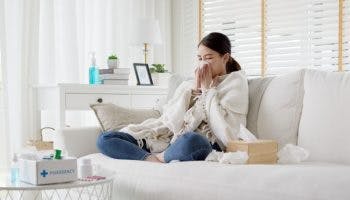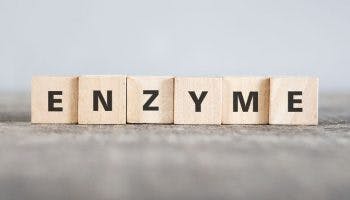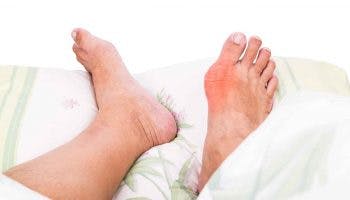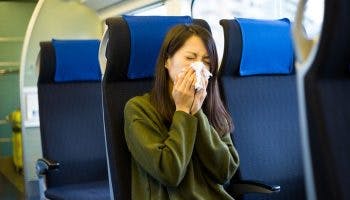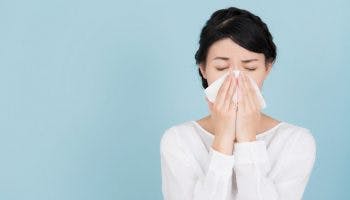4 Common Sleep Disorders and How to Snooze Good
Published | 6 min read
Sleep disorders can affect every aspect of your life. Learn about the most common ones and discover what you can do to help manage the condition.
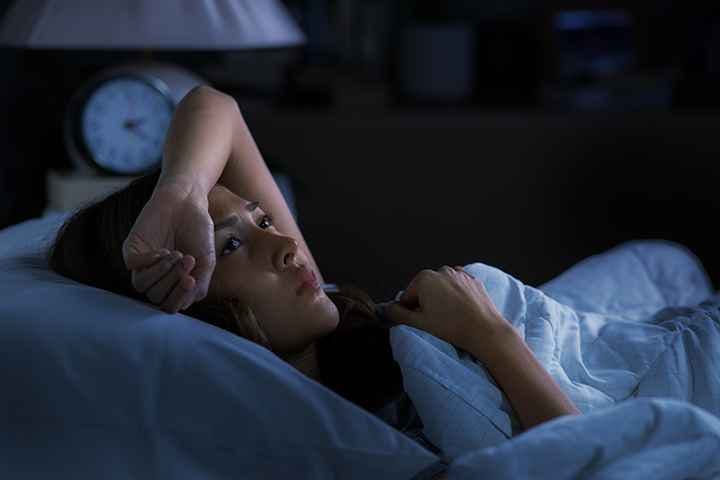
According to the Handbook of Clinical Neurology, a human spends one-third of their entire life sleeping or trying to do so. It just goes to show how essential snoozing is in our lives, yet sadly some people don’t have the luxury of it because they suffer from sleep disorders.
Contrary to popular belief, sleep disorders are more than a simple act of not being able to doze off at night. One of the most common clinical problems, this condition significantly impacts someone’s physical, mental, social and emotional functions. They could also be a symptom of another health problem. All in all, sleep disorders can significantly reduce a patient’s quality of life and, therefore, must be treated appropriately.
There are many types of sleep disorders, but the most common ones are restless leg syndrome, bruxism, insomnia and sleep apnea. Here, we will discuss the four disorders and how to treat them.
Types of Sleep Disorders
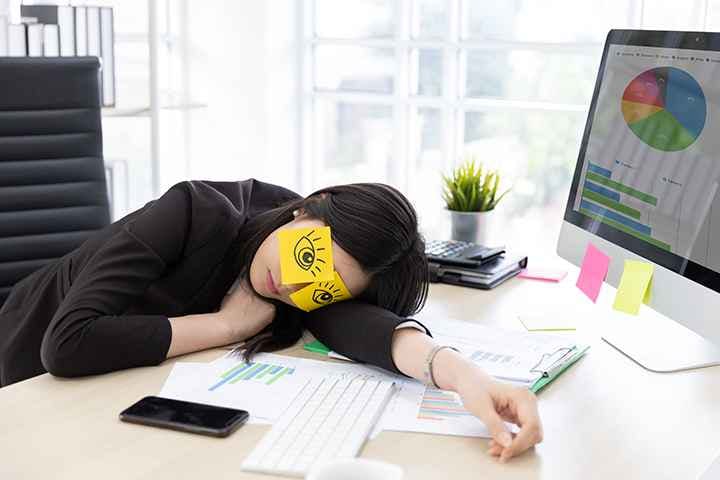
Do you have trouble falling asleep? Or has someone told you that you have bad sleeping behaviour? You might be suffering one of these disorders below:
Restless leg syndrome
Also known as Willis-Ekbom disease, restless leg syndrome (RLS) is a common, chronic, multifactorial movement disorder of the limbs. Patients have an irresistible urge to move their legs. Although the symptoms may start during childhood, most people are not diagnosed until adulthood.
Several diseases may induce RLS, but a lack of iron is the most probable. Other possible causes are:
- Third-trimester pregnancy.
- A side effect of certain medications used to treat nausea, colds, allergies and mental health condition
- Yin and blood deficiencies. According to Traditional Chinese Medicine (TCM), liver yin and blood work at night to relax the mind and body.
Symptoms include involuntary fidgeting, kicking, pulling, stretching, twitching and other kinds of leg movements. In some cases, the condition spreads to the arms. RLS worsens at night and starts within 15-30 minutes after a patient lies on their bed. The motions last from 0.5-5 seconds and repeat themselves every 20-40 seconds, potentially disturbing an otherwise perfect sleep pattern.
The symptoms can progress from mild to severe, resulting in fatigue and a poor quality of life. RLS also relates to hypertension and headaches.
For now, drugs belonging to the alpha 2 delta calcium channel ligand class like gabapentin, dopamine receptor agonists and iron supplements are used to treat RLS. A study also finds that gabapentin is effective when combined with acupuncture. TCM commonly uses white peony root (Radix Paeoniae Alba) as a treatment. The Chinese herb helps relax blood vessels, improve distal vascular circulation and regulate blood circulation.
Other than taking medications, there are several things a patient can do to lessen the symptoms:
- Limit caffeine intake.
- Avoid antidepressants, antipsychotics, dopamine-blocking anti-vomit drugs and centrally-acting antihistamines (allergy meds).
- Massage the legs.
- Apply heat on the legs (warm bath, heating pads or patches).
- Do simple exercises.
- Do mind-stimulating activities during the day (crossword puzzles, etc)
Bruxism
Bruxism is when someone grinds their teeth while asleep. Despite the many studies on the condition, researchers have yet to find a singular cause. As of now, researchers only assume that multiple factors, like psychological or medicinal, attribute to bruxism. TCM considers qi imbalance to be behind the Temporomandibular dysfunction (disorders concerning the jaw, jaw joints, and surrounding muscles) like bruxism.
Some treatments and prevention techniques that have been used to treat bruxism include:
- Avoid taking medications presumed to cause bruxism.
- Relaxation technique
- Maintaining a good sleeping habit or sleep hygiene.
- Hypnotherapy.
- Cognitive Behavioural Therapy (CBT): performed if stress or mental disorder is thought to be the root cause.
- For the same reason above, doctors may prescribe antianxiety agents, tranquillizers, sedatives and muscle relaxants.
- Biofeedback: the technique involves using a device that applies electrical pulses to inhibit electromyography (EMG) activity in the temporal muscles.
- Botox injection in the masseter (facial muscles) and temporal muscles.
- Acupuncture: a study discovers a TCM physician may perform acupuncture treatments in the meridians of the kidney, bladder, triple energizer, gallbladder and heart to manage bruxism.
Insomnia
In The Diagnostic and Statistical Manual of Mental Disorders and International Classification of Sleep Disorders, chronic insomnia is the difficulty in initiating or maintaining sleep on three or more nights per week for at least 3 months.
Studies have been conducted to figure out how insomnia transpires throughout the years. Each offers its perspective on the disorder, and every finding contributes to the factors that induce insomnia. To summarise, the causes of insomnia include:
- Personality characteristics: patients tend to worry and ruminate on the bed.
- Acute occurrences that happen in someone’s life, like daily workplace stress.
- Bedroom behaviours intended to compensate for or cope with sleeplessness but reinforce the sleep problem.
- Direct attempts to control sleep that backfire and interferes with the process instead.
- Patients are discovered to have increased power in fast electroencephalographic (EEG) frequencies during non-rapid eye movement (REM) sleep, leading to hyperarousal and sleep continuity disturbance.
- Circadian factors, like night-time work.
In its guideline for managing insomnia, the American College of Physicians recommends CBT as first-line treatment. Meanwhile, TCM suggests getting acupuncture or cupping for patients afraid of needles. TCM physicians perform cupping at a person’s back to stimulate the key acupoints there. It works by warming up the viscera, which regulates the yin and yang, improving qi and blood circulation. Moreover, TCM also believes that spine date seeds and walnuts have calming effects. Consuming them may help soothe the body and mind, preparing the patient for a night of quality sleep.
Sleep Apnoea
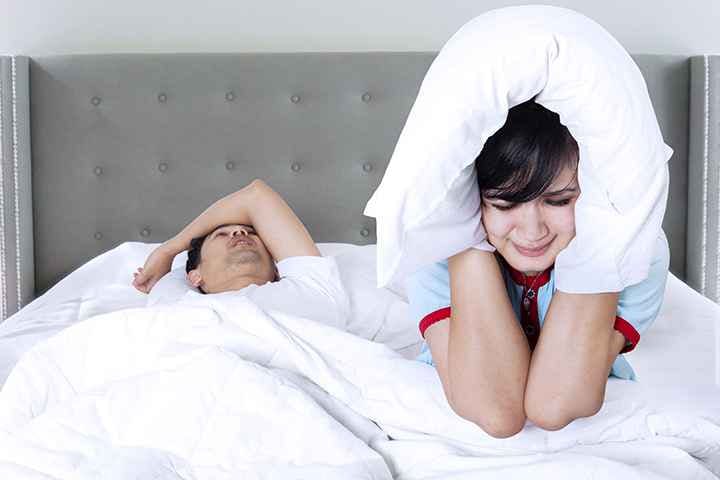
Obstructive sleep apnoea (OSA) is a type of sleep apnoea, defined by the National Health Service (NHS) as a condition where breathing stops and starts during sleep. OSA can trigger high blood pressure, stroke, depression, accidents, and difficulty concentrating when untreated.
People who have OSA experience the following episodes during sleep:
- Breathing that stops and starts.
- Letting out gasping, snorting and choking noises.
- Waking up frequently.
- Loud snoring.
As patients must observe the symptoms above, they might not know they have OSA. The condition has been commonly found in people who are:
- Obese.
- Having a large neck.
- Elderly.
- Having family members with OSA.
- Smoking and drinking alcohol.
- Having large tonsils.
- Sleeping on the back.
To date, the most effective treatment is the use of a CPAP (Continuous Positive Airway Pressure) machine. It functions by pumping air into a mask that a patient must wear over their mouth or nose as they’re asleep. Alternatively, TCM recommends acupuncture. There is evidence that the TCM treatment is safe and effective, but it can also improve the condition.
Furthermore, people with OSA should stop smoking and drinking alcohol too much, avoid sleeping pills, lose weight, and sleep on the side.
Sleep disorders have more severe consequences than some people might think. They cause more than mere daytime yawns. In fact, they might lead to anxiety, cognitive dysfunction, formation of false memory, etc. If you have insufficient sleep and feel that it disrupts your life, don’t sleep on it and make an appointment with a doctor or physician.
This is an adaptation of an article, “Pillow Talk”, which first appeared on Eu Yan Sang website.
References
- PubMed. 2011. We spend about one-third of our life either sleeping or attempting to do so. [Accessed 14 January 2021]
- National Center for Biotechnology Information. 2020. Sleep Disorder [Accessed 14 January 2022]
- National Center for Biotechnology Information. 2020. Restless Legs Syndrome [Accessed 14 January 2022]
- Science Direct. 2017. Evaluation of Acupuncture in the Treatment of Restless Legs Syndrome: A Randomized Controlled Trial [Accessed 15 January 2022]
- Mendeley. 2015. Actigraph Evaluation of Acupuncture for Treating Restless Legs Syndrome [online]. Available at: <https://com-mendeley-prod-publicsharing-pdfstore.s3.eu-west-1.amazonaws.com/b7fb-PUBMED/10.1155/2015/343201/ECAM2015_343201_pdf.pdf> [Accessed 15 January 2022]
- National Center for Biotechnology Information. 2020. Traditional Chinese medicine for restless legs syndrome [Accessed 15 January 2022]
- JCDA. 2015. Sleep Bruxism Etiology: The Evolution of a Changing Paradigm [Accessed 15 January 2022]
- NCBI. 2021. Bruxism Management. [Accessed 15 January 2022]
- Science Direct. 2018. Patterns of Energy Imbalance of the Meridians in Patients with Temporomandibular Dysfunction [Accessed 15 January 2022]
- University of Pennsylvania. 2016. Etiology and Pathophysiology of Insomnia [Accessed 14 January 2022]
- Wiley Online Library. 2017. European guideline for the diagnosis and treatment of insomnia [Accessed 15 January 2022]
- National Health Service. 2019. Sleep Apnoea [Accessed 16 January 2022]
- National Center for Biotechnology Information. 2020. Acupuncture for Obstructive Sleep Apnea (OSA) in Adults: A Systematic Review and Meta-Analysis [Accessed 16 January 2022]
Share this article on

